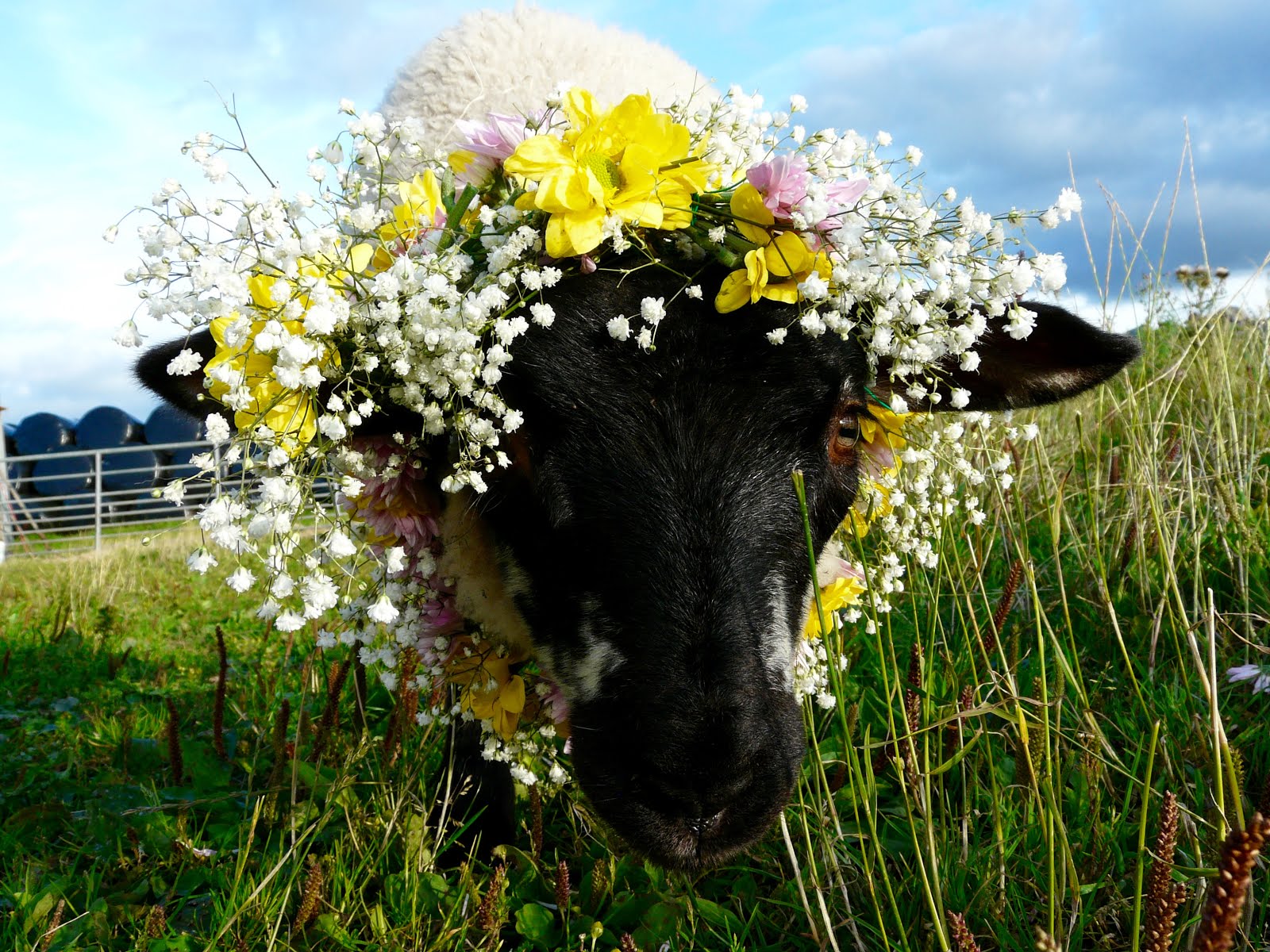Weaning Orphan Lambs Lambs are born with an immature digestive system. They are unable to digest anything but milk in the first stage of their life. The lambs digestive system must be fully developed before they can be moved from a milk based diet to a grass based diet. The weight of the lambs when weaning is a more important consideration than the age. Orphan lambs can be weaned from the milk bottle at around 25 to 30 pounds. They usually reach this weight when they are 30 to 45 days old. Orphan lambs should not be weaned unless the are drinking water and eating solids. Its best to wean abruptly never dilute the milk replacer. Offer the lamb good quality hay and access to grass at 2 to 3 weeks of age so that their digestive system develops properly. The lambs may be introduced to lamb creep feed at a week old. They will properly not eat it but the will lick it and become familiar with it. Change the creep feed everyday as it can be a breading ground for bacteria
